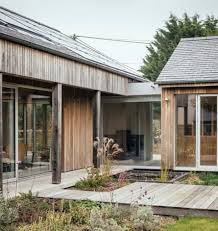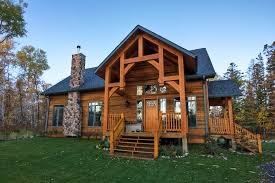Timber frame construction is becoming an increasingly popular option in the UK, offering several advantages over more traditional methods. The inner leaf of a timber frame system is an insulated timber wall, which gives the structure its shape. A timber frame system can be supplied with floor members, internal walls, roof members, and even stairs. All elements are precision-engineered to offer pinpoint accuracy when they are joined together.
Let’s take a look at some of the advantages of using timber frame structures when building:
Durability and maintenance
Timber frame structures are highly durable, sometimes lasting hundreds of years and outlasting brick builds. They also require very little in the way of maintenance.
Excellent insulation
Timber is a natural insulator. There are no air gaps, which means thermal looping cannot occur within the walls. Timber frames also offer better air tightness than traditional brick builds
Eco-friendly
Timber frame construction is regarded as ‘green’ for a variety of reasons. The insulation of timber frames produces no harmful CFC emissions. Using responsibly sourced timber helps reduce reliance on concrete and fossil fuels, and the precision designs mean there is less material wastage. Additionally, timber absorbs CO2 from the atmosphere, helping to reduce greenhouse gases.
Timber frame kits
Timber frame kits are fully ‘ready to go’ packages that are designed to offer all the necessary elements to allow frames to be put in place quickly and easily. Each design can be customised to meet specific requirements. Once the frame is in place, the outer leaf of the building can be constructed and the internal works can begin. If you are looking to build your own eco-friendly and unique house, timber frame kits are a great solution.
Energy efficiency
Timber frame systems offer high levels of energy efficiency due to their excellent thermal performance. This can result in lower energy bills and less wasted energy.
Speedy builds
Timber frame systems for small properties can be assembled within a week. This is considerably faster than any other method; what’s more, it reduces labour and machinery costs.



